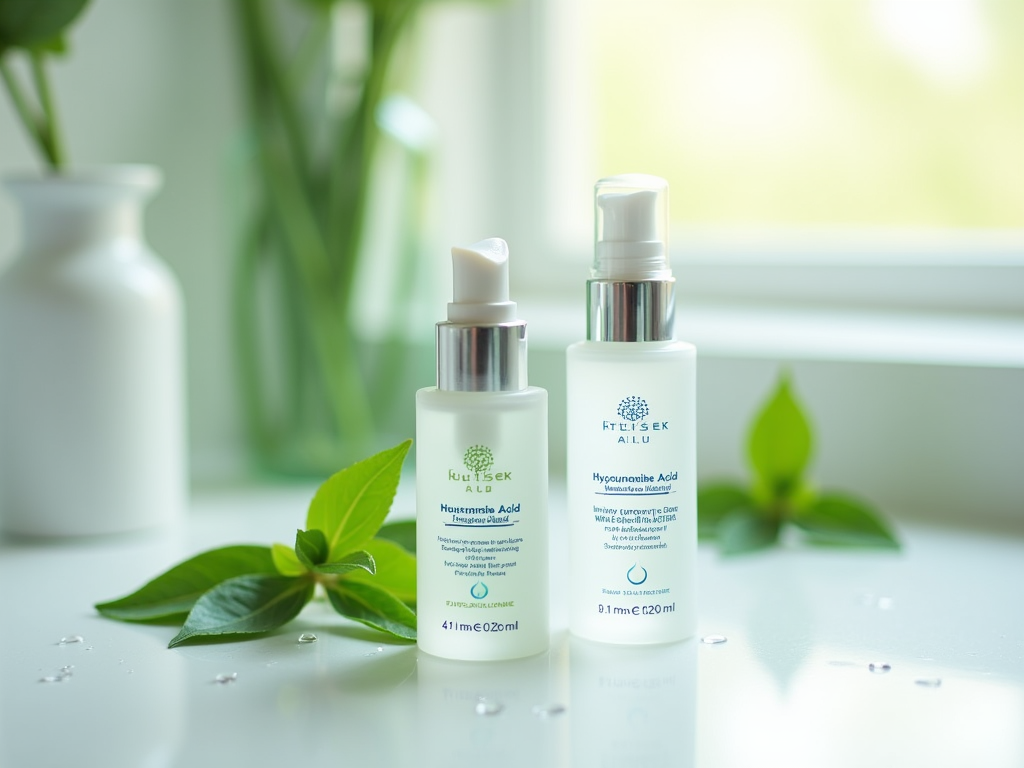Understanding the complex world of skincare can often feel overwhelming, particularly with the myriad of ingredients claiming miraculous transformations. Among these, two powerhouses have risen to the forefront: Niacinamide and Hyaluronic Acid. Both are hailed by skincare enthusiasts and professionals alike for their remarkable properties, yet they serve distinctly different purposes. This article delves into the benefits, differences, and recommendations for incorporating these ingredients into your cosmetic routine.
Skincare is an ever-evolving field, with new ingredients constantly being introduced. However, some stand the test of time, securing their place for good reason. Niacinamide, also known as Vitamin B3, and Hyaluronic Acid, a natural polysaccharide, are two such ingredients. The journey to understanding which one to use can hinge on discerning your skin’s unique needs. This guide aims to illuminate the benefits of both ingredients while addressing which might be best for your individual skin type.
What is Niacinamide?

Niacinamide is a form of Vitamin B3 that plays a critical role in cellular metabolism. Found naturally in foods and synthesized by the body, it can be a powerhouse ingredient in topical formulations. This means it’s particularly effective when applied in cosmetic products. Niacinamide is known for its versatility and is often included in serums, moisturizers, and other skin treatments. It’s recognized for contributing to enhanced skin tone and texture while addressing several skin concerns simultaneously.
Benefits of Niacinamide

- Improves Skin Barrier Function: Niacinamide reinforces the skin’s lipid barrier, preventing moisture loss and increasing resilience against environmental stressors.
- Reduces Inflammation: Known for its calming properties, it significantly soothes redness and irritation, making it suitable for sensitive skin.
- Minimizes the Appearance of Pores: Regular use can lead to a refinement in skin texture, noticeably reducing pore size.
- Controls Oil Production: By regulating sebum production, Niacinamide can help oily and combination skin types maintain a balanced, shine-free complexion.
What is Hyaluronic Acid?
Hyaluronic Acid is a sugar molecule that retains water and helps maintain moisture in the skin. It is renowned for its unparalleled hydrating properties and ability to bind up to 1000 times its weight in water. This makes it an essential component in skincare formulations aimed at providing deep hydration. Unlike oils or occlusive agents, Hyaluronic Acid draws water from the environment into the skin, ensuring a plump and youthful appearance. This ingredient is particularly beneficial after sun exposure or for dry and dehydrated skin types.
Benefits of Hyaluronic Acid
- Intense Hydration: Its humectant properties draw moisture into the skin, leaving it feeling soft and supple.
- Improves Skin Elasticity: By keeping the skin hydrated, Hyaluronic Acid aids in maintaining skin firmness, reducing the appearance of fine lines.
- Helps with Wound Healing: Its capacity to maintain moisture levels can speed up recovery from minor injuries or irritations.
- Enhances Product Absorption: Hyaluronic Acid optimizes the absorption of other active ingredients in your skincare routine.
Niacinamide vs. Hyaluronic Acid: Which One Should You Use?
When debating whether to use Niacinamide or Hyaluronic Acid, it’s vital to understand their key differences. While both ingredients are beneficial, they cater to various skincare needs. Below, we present a comparative overview to simplify your choice.
| Feature | Niacinamide | Hyaluronic Acid |
|---|---|---|
| Basic Function | Regulates oil and improves barrier function | Provides hydration |
| Best for | Oily, Combination, and sensitive skin | All skin types, especially dry |
| Common Formulations | Serums, Moisturizers | Essences, ampoules, serums |
Each ingredient offers unique advantages and can significantly enhance your skincare routine. Individuals with oily or acne-prone skin may prefer Niacinamide for its regulating effects, while those with dry or dehydrated skin might find Hyaluronic Acid to be more beneficial.
How to Incorporate Niacinamide and Hyaluronic Acid into Your Routine
Integrating both Niacinamide and Hyaluronic Acid into your skincare routine can yield remarkable effects. They can be safely layered to harness their benefits simultaneously, but proper application is key.
- Layering Techniques: Apply Hyaluronic Acid first to trap moisture, followed by Niacinamide to seal in the hydration and balance oil production.
- Best Products Featuring Each Ingredient: Look for serums specifically formulated with these active ingredients. For Niacinamide, consider products with at least 5% concentration. For Hyaluronic Acid, choose formulations that contain multiple molecular weights for optimal hydration.
Conclusion
In summary, both Niacinamide and Hyaluronic Acid present impressive benefits that can address a range of skin concerns. Understanding their unique properties can help you decide which might be more suitable for your skincare routine. For those dealing with oiliness, enlarged pores, or sensitivity, Niacinamide may be the better choice. Conversely, if hydration is your primary concern, then Hyaluronic Acid is the go-to. Ultimately, many find success using both ingredients, as they complement each other effectively, leading to healthier, more luminous skin.
Frequently Asked Questions
- What skin types benefit most from Niacinamide? Niacinamide is particularly beneficial for oily, combination, and sensitive skin types due to its oil-regulating and soothing properties.
- Is Hyaluronic Acid suitable for all skin types? Yes, hyaluronic acid is universally beneficial, providing hydration for dry, oily, and combination skin.
- Can I use both Niacinamide and Hyaluronic Acid together? Absolutely! They can be effectively used together to enhance moisture retention and improve overall skin health.
- How often should I use these ingredients? Both can typically be used daily, but it’s best to start with a patch test and gradually introduce them into your routine.
- Will Niacinamide cause breakouts? Generally, niacinamide is non-comedogenic, but as with any product, individual reactions may vary.
